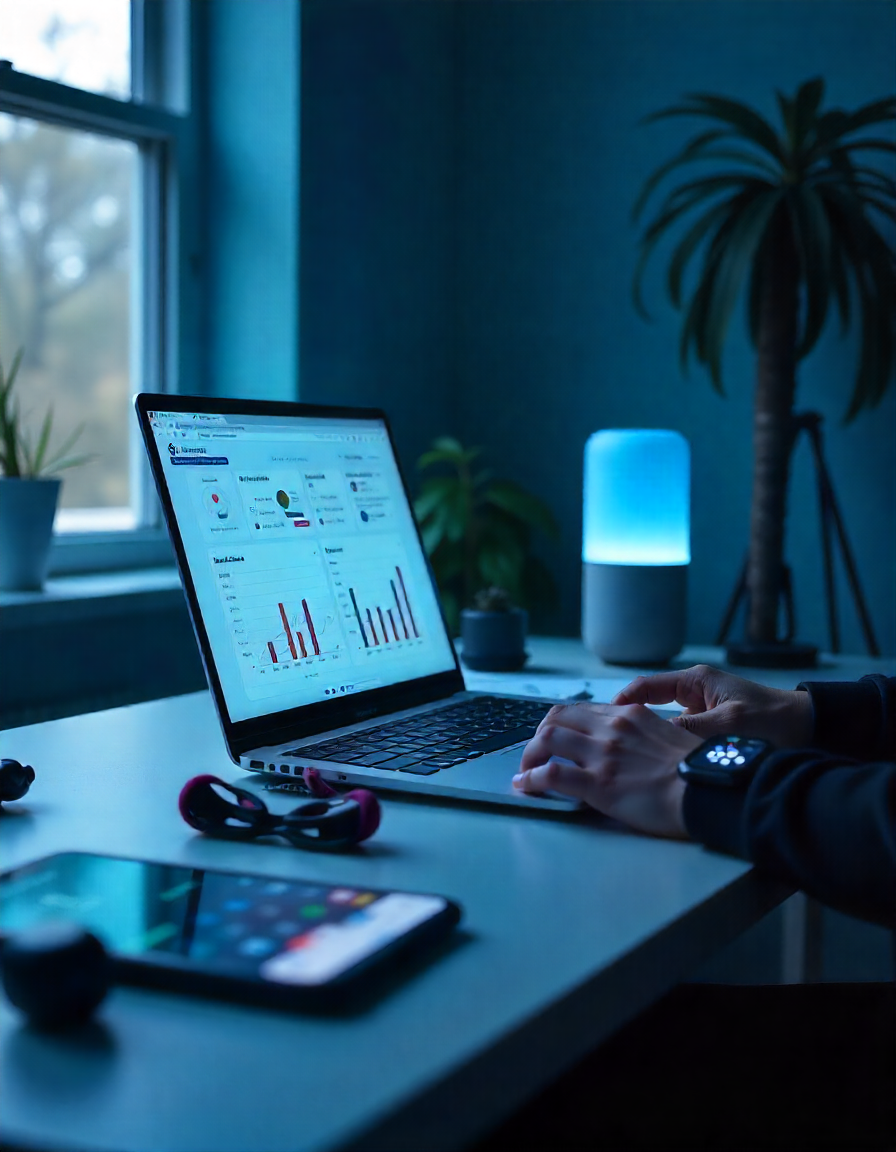Technology has always been tied to human progress, but the past decade has accelerated its role in ways few could have predicted. What once seemed futuristic—voice assistants that manage homes, cars powered by electricity, or artificial intelligence offering medical insights—has quickly become part of everyday life. Rather than being confined to laboratories or large corporations, advanced tools are now shaping ordinary routines, altering how people work, connect, learn, and even rest.
One of the most striking changes has been the rise of artificial intelligence and machine learning. These terms often appear in headlines, but what they mean in practice is simple: systems that can adapt, analyze, and even anticipate human needs. Recommendation engines on streaming services, fraud detection in banking, and personalized healthcare plans are all powered by these technologies. For individuals, this shift offers convenience and efficiency, yet it also raises important questions about privacy, transparency, and the balance between human judgment and automated decision-making.
Alongside AI, cloud computing has transformed the way information is stored and accessed. Instead of depending on local devices with limited capacity, businesses and individuals can now rely on distributed networks that make data available anywhere, at any time. This change has opened the door for remote work, collaborative platforms, and small startups competing on a global stage. The “office” is no longer a fixed place but rather a digital environment accessible from laptops, tablets, and smartphones. This flexibility has made work more adaptable, though it has also blurred the line between professional and personal life, creating new challenges in maintaining balance.
In the consumer space, wearable technology has expanded beyond novelty. Fitness trackers once counted steps; now they monitor heart rhythms, sleep cycles, and oxygen levels. These devices, paired with apps, encourage healthier routines by turning personal data into actionable insights. The broader vision is not just about tracking health but predicting potential risks and preventing illness. While promising, it raises ethical debates about how sensitive health information should be stored and who should control access to it.
Another area undergoing rapid development is transportation. Electric vehicles have moved from being experimental to mainstream, with charging stations becoming a common sight in cities and along highways. Meanwhile, autonomous driving technology continues to evolve, testing the boundaries of safety and trust. Beyond cars, innovations in public transport, drones for delivery, and even early-stage concepts like urban air mobility hint at how movement will change in the near future. Together, these developments could reduce emissions, ease congestion, and redefine the shape of cities.
Education has also been transformed by technology. Online learning platforms now reach millions worldwide, offering courses on everything from computer science to cooking. What was once a supplement to classroom teaching has, for many, become the main avenue of study. Virtual reality classrooms, interactive simulations, and adaptive learning systems that adjust to individual progress are breaking traditional barriers to education. Still, issues of accessibility remain—while digital tools offer immense opportunities, not everyone has equal access to devices or reliable internet. Bridging this divide is one of the most pressing challenges of the digital era.
Entertainment, too, has been reshaped. Streaming platforms have replaced physical media, video games now incorporate virtual and augmented reality, and social media influences how stories are told and shared. Technology has democratized creativity, allowing independent artists, musicians, and filmmakers to distribute their work globally without traditional gatekeepers. Yet, it also means that attention is fragmented, with millions of voices competing for visibility in an endless flow of content. This abundance is both empowering and overwhelming.
Cybersecurity stands as one of the most critical aspects of today’s technological landscape. With more information stored online—from banking details to personal conversations—the risk of breaches grows. Ransomware attacks, identity theft, and large-scale leaks are reminders of the vulnerabilities in our interconnected systems. The challenge is not just technical but cultural: encouraging individuals and organizations to adopt safer practices, from stronger passwords to awareness of phishing tactics. At the same time, governments and companies must invest in infrastructure that safeguards both individuals and institutions from increasingly sophisticated threats.
Sustainability is another domain where technology plays a pivotal role. From smart grids that optimize energy distribution to agricultural systems that monitor soil health, innovation is being applied to reduce environmental impact. The push for renewable energy is supported by advancements in solar panel efficiency, wind turbines, and battery storage. Meanwhile, data analytics helps track patterns in climate and resource usage, giving policymakers clearer insights. Technology alone cannot solve ecological challenges, but it is becoming an indispensable tool in the broader effort to create a more sustainable future.
In personal lives, the concept of the “smart home” has gone from novelty to normal. Lighting, heating, and security systems can be managed remotely through voice or smartphone apps. Kitchens now feature appliances that suggest recipes or track food freshness. While these innovations save time and energy, they also spark debates about surveillance, consumer dependency, and the permanence of digital footprints. Striking the right balance between convenience and autonomy is part of the ongoing conversation around connected living.
Looking ahead, emerging technologies such as quantum computing, biotechnology, and advanced robotics promise to push boundaries even further. Quantum machines, for example, could process information at speeds unimaginable with current computers, revolutionizing industries from medicine to logistics. Biotechnology may open new frontiers in disease treatment, while robotics could reshape manufacturing and caregiving alike. These developments invite both excitement and caution—powerful tools always come with responsibilities.
What ties all of these changes together is the simple truth that technology is no longer separate from daily life. It is woven into every decision, every routine, every expectation. The challenge now is not just keeping pace with innovation but deciding how to use it wisely. Each advancement brings opportunities for growth, efficiency, and creativity, but also dilemmas about equity, ethics, and human values.
Ultimately, technology is not the story itself—it is the pen we use to write our collective future. How that story unfolds depends on whether we approach these tools with curiosity, responsibility, and a vision for the kind of world we want to create.




